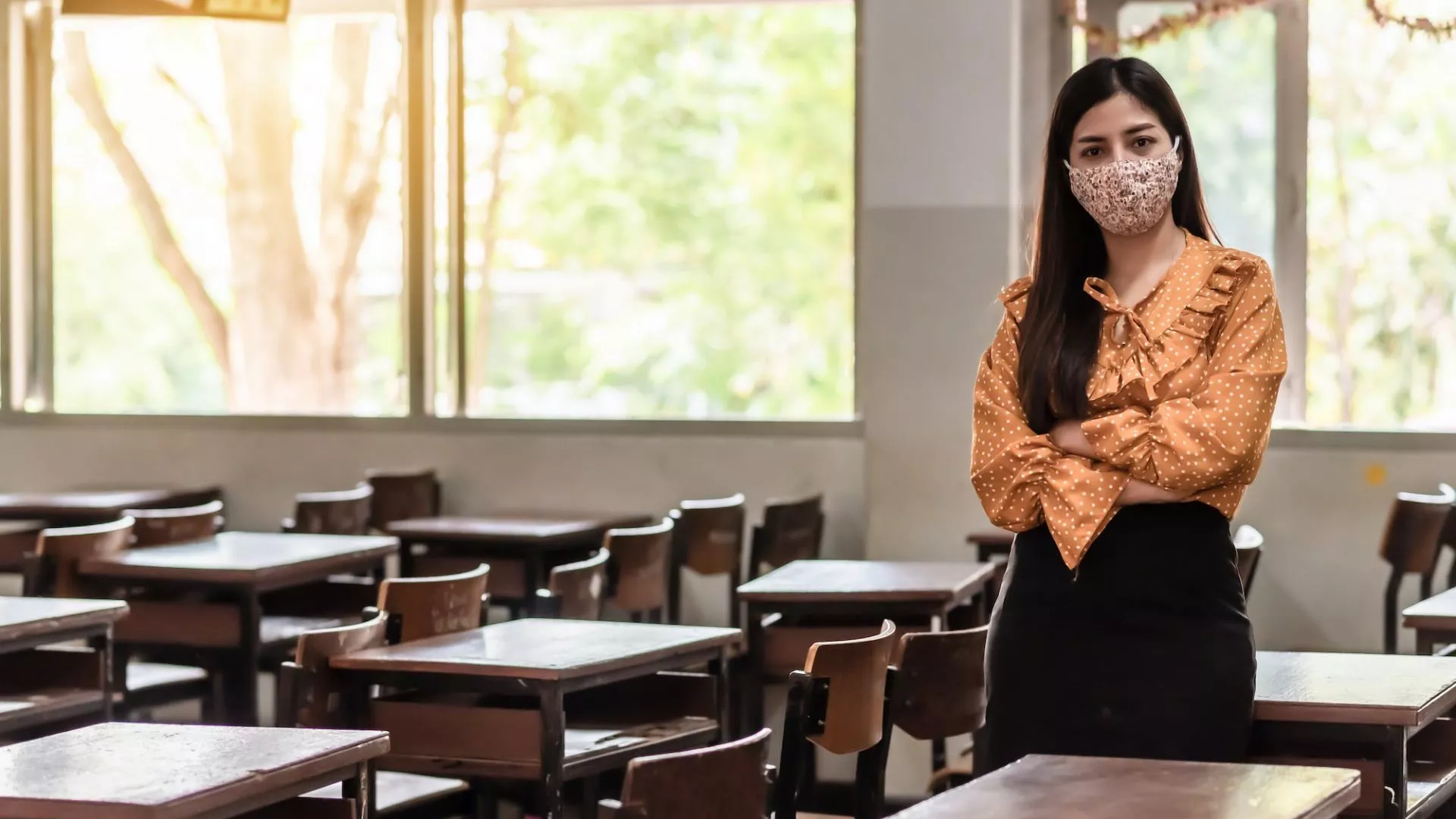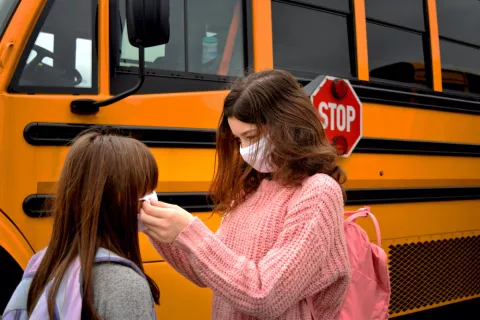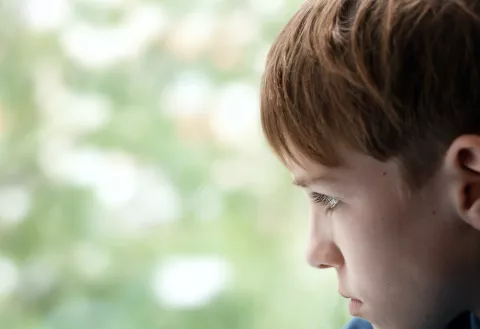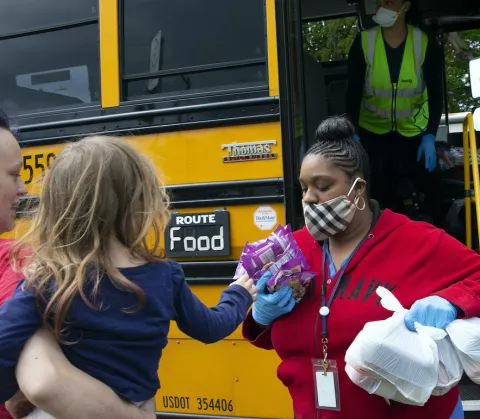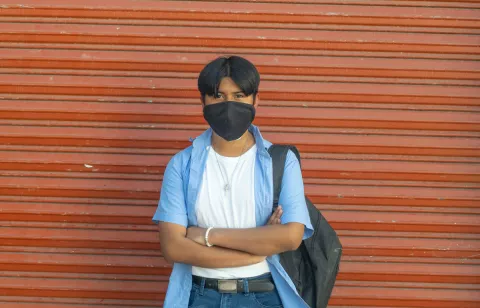As students return to school online, in person, or in a hybrid model, one thing is glaringly clear: the coronavirus pandemic has dramatically changed the way we educate students in this country, forcing students, families, and educators to navigate unprecedented challenges.
The question on everyone’s mind is what is best for our children?
“I've had the opportunity to talk with lots of educators all over this country, and this is what I know,” said NEA President Becky Pringle. “Nobody wants to return to in-person learning more than our NEA members. But we must do it safely, and equitably for all students.”
As a middle school science teacher herself, Pringle said she knows that nothing is more central to the goal of safety than a solid medical and scientific understanding of COVID-19, the disease caused by the novel coronavirus.
That’s why NEA partnered with the American Academy of Pediatrics (AAP) to host a webinar to answer the questions of educators concerned about the health and safety of our students and school staff. The webinar featured pediatrician Nathaniel Beers, MD, FAAP, a member of the AAP Council on School Health.
Following are highlights from the discussion and summaries of Dr. Beers’ responses. You can watch the complete webinar below. A full list of Q&As will be posted on educatingthroughcrisis.org.
How does COVID-19 impact children?
DR. BEERS: There have been lots of children and adolescents who have gotten COVID-19 here in the United States. That number has topped over half a million young people who have tested positive for COVID-19 since we've been testing. There are probably more children than that because early in the pandemic, testing resources were limited and testing of children was not prioritized because of early data that suggested that children were less likely to get the disease and, certainly, if they did get it, it would be less severe.
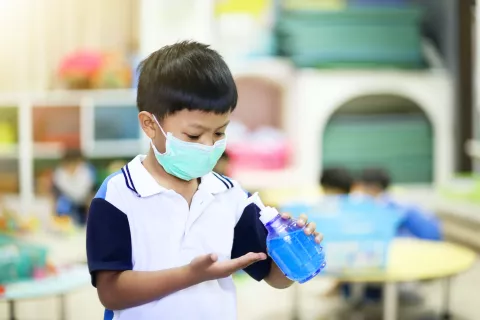
When there is large-scale community spread, you will see children who have symptoms. When you look at that testing, whether that's here in Washington, D.C., or in Florida, or in other jurisdictions, for symptomatic children, kids who are having cough or fevers or GI symptoms, about 20 to 30 percent are testing positive if they are coming in for symptom-based testing. That's consistent with a lot of what we've seen around the country as we've done more testing in children.
What we do know -- and there is good documented evidence now -- is that children are less likely to have severe symptoms, to die from COVID-19, and be hospitalized. They also are less likely to spread disease, though [some studies suggest] adolescents are more likely to spread it more similarly to adults than younger children.
The data that's still missing that we all wished we had was about what's going on around spread within schools. There's some data out of Germany and France that suggests that the spread in schools is less among kids, even those kids who are moving through the building, as long as they are wearing face coverings, that they are physical distancing as much as possible, and that the surfaces that are frequently touched are cleaned on a regular basis.
What are the most important things that must be done in schools to safely return?
DR. BEERS: Clearly, number one is using face coverings. In addition, physical distancing is a great way to help decrease the spread. It can help if students go about in an “airplane mode” where they hold their arms out horizontally when walking or sitting together. As long as they can't touch each other's hands, they are essentially between three to six feet apart.
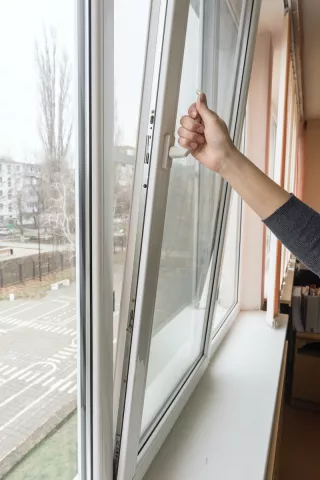
Also, there needs to be clear cleaning protocols in place for high-touch areas. Door knobs, desks, and also some spaces that schools don't think about cleaning regularly— those outside handles going in and out of schools, or the railings on the stairs. We know kids swing on those, they hang on them, they lean on them, and they need to be part of our cleaning protocols.
The last thing that I will note is how we can address increasing the ventilation in our schools. Where possible, leave classroom doors and windows open. Think about outdoor spaces to provide education if possible, knowing that can't happen all year long in many parts of the country. Those are all strategies that we need to think about in order to reduce the spread and keep everybody safe -- students, teachers, and staff alike.
Some schools are saying that it's okay for students to be without masks as long as they are facing forward in their desks. Doesn’t that run contrary to much of why wearing masks is so important?
DR. BEERS: Facing forward in rows is going to reduce risk, but it doesn't negate the need to wear face coverings. Just because you cough in the back of my head doesn't mean that those droplets don't come to the front of my face.
